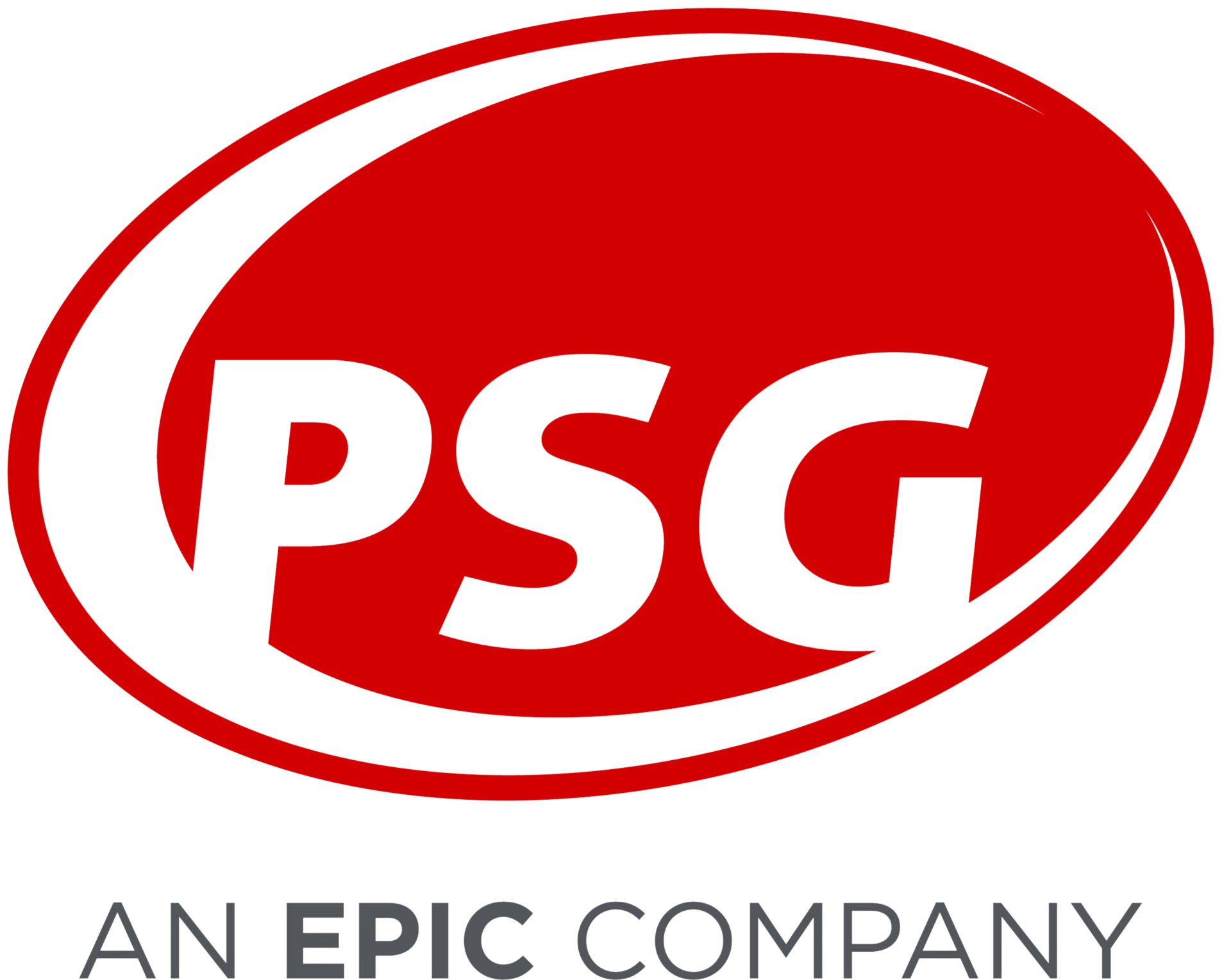President Trump’s Executive Order on Lowering Drug Prices
Posted on September 15, 2020
Most-Favored-Nation Price for Medicare
Back on July 24 of this year, President Trump announced four executive orders taking a variety of approaches to address lowering drug prices. The first three (covered in an earlier PSG position paper by Dave Borden) were made public immediately at the July signing ceremony. The fourth order was signed with the targeted intent that the U.S. would pay no more than what other countries pay for the same drugs. At the time, the President said he would hold the order and gave pharmaceutical manufacturers 30 days to come up with their own plan of lowering drug costs. Not much was released to the public surrounding the discussions, and it appears that there was a break down in communications between the Administration and Pharma. Therefore, President Trump revoked the original fourth order and released an expanded fourth executive order on September 13, 2020, which he described as “the granddaddy of them all.”
The far-reaching executive order expands on the presidential promise to lower drug costs by trying to reduce the prices Medicare pays for prescription drugs by targeting beyond Part B drugs, which are typically administered in doctors’ offices or other health care facilities. This broader reaching order now includes Part D drugs, which are purchased by a Medicare member at retail, mail order, and specialty pharmacies.
Executive Order on Lowering Drug Prices by Putting America First
What it is: The executive order insists that at a minimum, when the U.S. Federal Government purchases a drug covered by Medicare, it should pay the lowest price the manufacturer charges for that drug to any other developed nation.
The rationale is that the largest buyers pay the lowest prices, yet this has not been true for prescription drugs. While the U.S. Federal Government is the largest payer for prescription drugs in the world, it pays more than many smaller countries. Other nations typically pay far less for medications, mainly because their governments often determine the cost. Two payment models are outlined in the order, both calling on the “most-favored-nation price.”
The definition of most-favored-nation price is the lowest price a drug manufacturer charges in an Organisation for Economic Co-operation and Development (OECD) member country (see Section 2(b) of the order for more details).
- Payment Model on the Most-Favored-Nation Price in Medicare Part B
- Payment Model on the Most-Favored-Nation Price in Medicare Part D
The challenges: This controversial order will launch a process that will take months or longer. Pharmaceutical manufacturers announced as early as Sunday that they would fiercely challenge this executive order in court. Furthermore, some government experts, Republicans, and Democrats question if the White House has the necessary authority to proceed with this order. If the Administration does have the authority to proceed with setting up the payment models listed above, that authority rests firmly on the Administration’s power under the Affordable Care Act, which President Trump is vying to overturn in the Supreme Court.
Our take: High drug prices and wasteful spending on prescription drugs constitute one of the most challenging issues in healthcare. While we applaud the stated intent of this Executive Order, the most significant opportunity for meaningful change in drug pricing remains unchanged – wide-range industry adoption of reliable value-based pricing methodologies where drug prices appropriately align to reflect long-term, improved patient outcomes. Those in the pharmacy industry, including plan sponsors, health plans, pharmacy benefit managers, and other industry experts, cannot take our eyes off the ball. We must focus on creating positive disruption in a misaligned industry and focus on cost-effective, clinically appropriate options for patients, and avoid wasteful drug spend. Doing this requires greater transparency and more control for plan sponsors and payers. True value-based pricing options must be optimized at the time new drugs are priced and launched in the market. It remains to be seen whether the new executive order will provide safeguards to improve transparency and protect patients from unnecessary costs.

